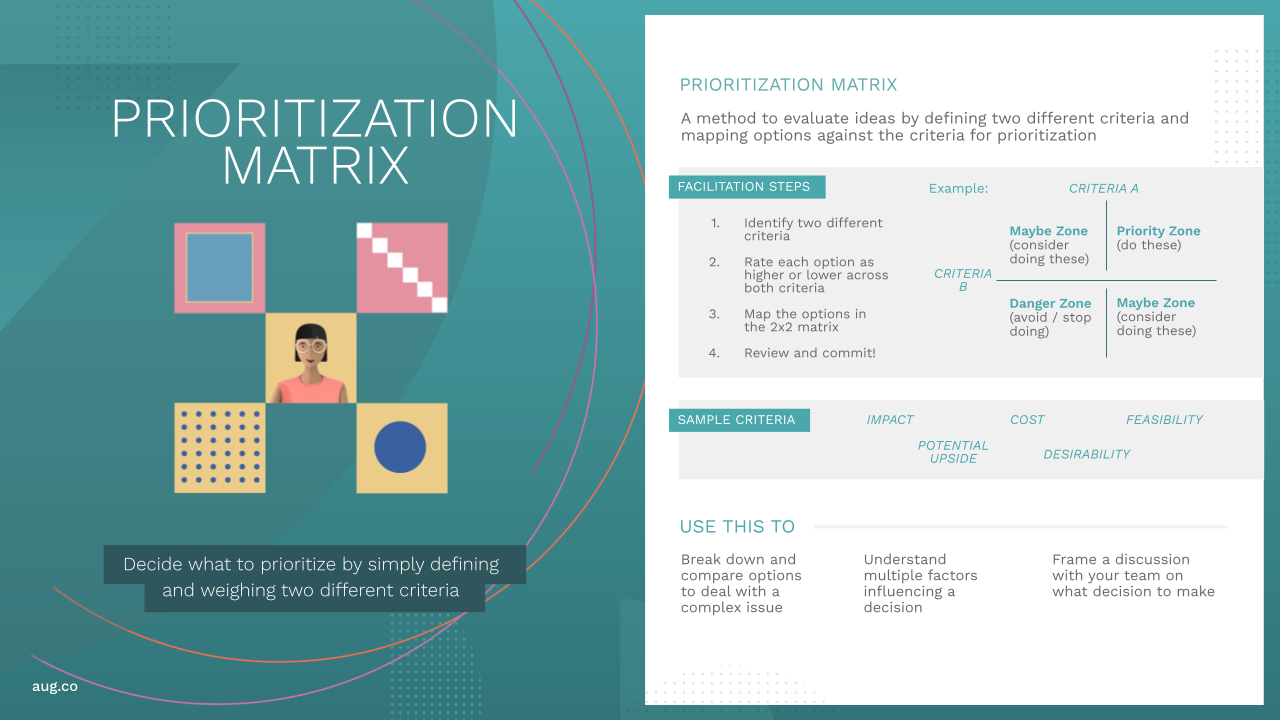Published February 9, 2021 | Updated August 17, 2024 | 3 minute read
Resilient organizations learned to let go of their need for certainty in 2020. In more ordinary times, detailed planning could minimize wasted time and effort in the future. But 2020 showed us that the act of crafting detailed plans can itself be a waste of time and effort when the circumstances around you are constantly changing. Effective organizations evolved their planning processes to focus on how to respond to continuous change, instead of focusing on how to execute with certainty.
What did 2020 reveal about what is possible?
The COVID-19 pandemic had a tsunami-like impact on businesses across the globe. At first it seemed like a distant and contained problem, and then it suddenly brought work to a screeching halt. Glancing back at headlines from mid-March 2020, it’s remarkable to see both the level of alarm and how much we were underestimating the scale and duration of the crisis. Entire global industries shut down in a matter of weeks – overnight in some cases. Travel, public and private transportation, food and hospitality, entertainment, and retail businesses shuttered. Hoping at first that it would just be a temporary setback, businesses soon faced the harsh reality that survival would require massive changes to how they operate.
When your organization faces this level of disruption, what happens to your long-term plans and strategic roadmaps?
Every leader wishes they had a clear and trustworthy map that shows every task, milestone, and deadline between where you are now and where you want to end up. We know, however, that things never go exactly according to plan – especially in an environment that is as unpredictable as the one we’re in now.
Of course it’s still important to consider options and be thoughtful about your way forward, but in a constantly changing environment detailed plans are like new cars – they begin to lose value the moment you drive them off the lot. As President Dwight Eisenhower put it, “Planning is essential. Plans are useless.”
Successful organizations learned to embrace uncertainty, and put their energy into practices that make it easy to adjust course as new information emerges.
Putting it Into Practice
A global CPG company had just celebrated the completion of a shiny new 2025 strategic plan, complete with a launch party, in January 2020.
Within 2 months the pillars of the new strategy – including bold innovation in natural products and sustainable packaging – had to be put on hold, replaced by the need to meet skyrocketing demand for anti-bacterial and sanitizing products. Suddenly, future growth was dependent on work that had just been deprioritized.
Using a disciplined, dynamic and fast prioritization process, leadership organized sprint teams to navigate competing priorities, and established a weekly cadence to evaluate progress and pivot as needed.
Using an agile prioritization process, the business stayed focused through immense uncertainty, and delivered one of the strongest years in recent history.
Getting Started
A practice we’ve seen be effective in making it easier to adjust plans, is a simple model for prioritization that we call the Prioritization Matrix. The practice helps teams make faster decisions about what to do now, what to put off until later, and what to eliminate.
When you’re navigating a complex and quickly changing environment, it’s important to keep things simple. This practice allows you to think strategically without getting bogged down in analysis paralysis.
For most important decisions and projects people want to hold on to multiple actions. People are reluctant to give up things that they are personally responsible for. People have a bias to keep investing time and energy in things that they’ve already invested in - even when it may not be useful anymore. And people are attracted to new ideas. But, when you are trying to adapt to a quickly changing environment, trying to do everything slows you down and inhibits your ability to learn what can work best.
A few prioritization criteria that we have seen be useful to different leadership teams, include:
- Speed of learning
- Value to users/customers
- Impact on business performance
- Impact on growth
- Impact on profit
- Feasibility / ease of doing
- Potential upside
- Near-term impact

This is 1 of 5 shifts in our Playbook: New Ways of Working for 2021 and Beyond. Check out the rest of the practices here:


.jpg)







